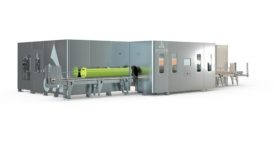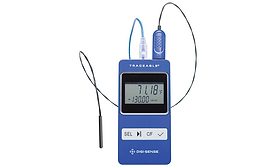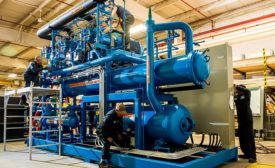Home » Keywords: » cold chain
Items Tagged with 'cold chain'
ARTICLES
Although many challenges affect transporting food safely, two stand out across industries: cross-contamination and food defense
Read More
Novel no more: HPP grows with batch processing, new bulk juice handling
High pressure processing will continue to expand with increasing consumer demand for natural, fresh-tasting foods without preservatives
September 22, 2020
Never miss the latest news and trends driving the food safety industry
eNewsletter | Website | eMagazine
JOIN TODAY!Copyright ©2025. All Rights Reserved BNP Media.
Design, CMS, Hosting & Web Development :: ePublishing







